
Nissan Leaf Hatchback review
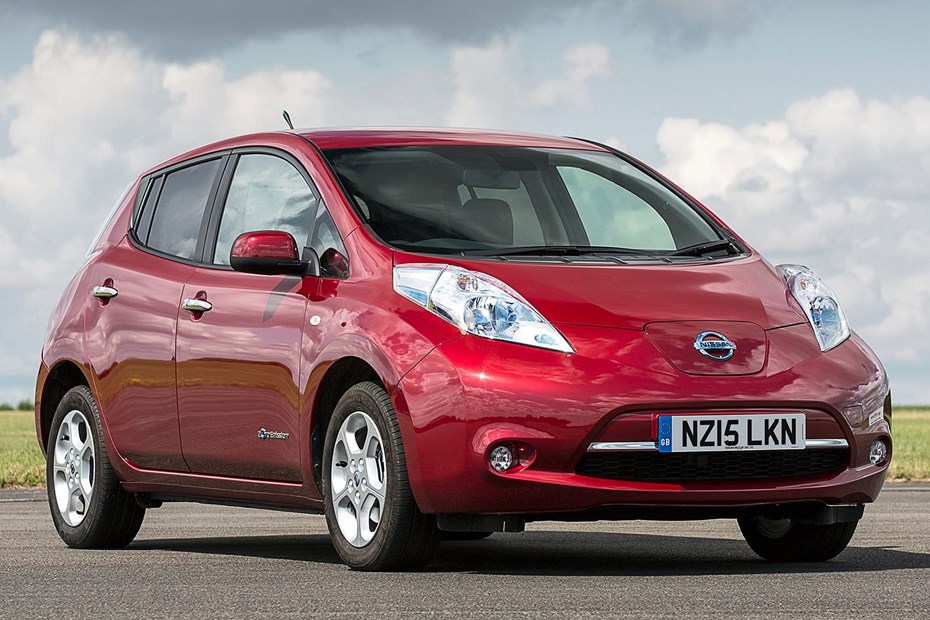
At a glance
| Price new | £21,180 - £33,440 |
|---|---|
| Used prices | £1,352 - £6,805 |
| Road tax cost | £0 |
| Insurance group | 19 - 26 |
Get an insurance quote with

|
|
| Fuel economy | Not tested to latest standards |
| View full specs for a specific version | |
Available fuel types
Fully electric
Pros & cons
- Zero emissions
- Practical cabin space
- Cheap to run
- Expensive to buy
- Questionnable looks
- Limited range
Nissan Leaf (11-18) rivals
Overview
We’ve driven the new one – click here for our next-generation 2018 Nissan Leaf Hatchback review
Could this be the beginning of the end for the internal combustion engine? The Nissan Leaf is the first serious mainstream production car to be powered by electricity. It emits zero CO2, can be charged at home for next to nothing. Most importantly it drives like a mainstream car.
Clever Technology
Under the floor lies a set of Lithium ion batteries, powering the front-mounted electric motor to the tune of 108bhp – allowing the car to complete the 0-62mph sprint in 11.5 seconds in complete silence.
With a fully-charged battery the Leaf can travel for 124 miles (up 15 over the previous model), though only if you drive the car sympathetically and refrain from using too many battery-draining systems.
Practical
There’s room for five inside too, and the boot has grown by 40-litres to a total of 370-litres.
Unlike conventional cars, when the battery runs flat you’re due a recharge and not just a simple fuel stop. A full charge can take up to eight hours but charging points are available that allow for a quick charge of up to 80% capacity in 30 minutes.
Distintinctive Design
The body was designed using Nissan’s ‘smart fluidity’ principle, combining flowing lines with aerodynamic efficiency. The kicked-up roofline blends into a large spoiler while the wind-cheating shape is further helped by the flat, smooth underfloor.
Its rear view is dominated by thin, gently curved, vertical taillights and the lack of tailpipe on show.
2013 Facelift
Over 100 changes have been made for the 2013 on models, most of which have come about from original customer feedback.
There’s now three trim levels available for the first time, and buyers can opt to lease the battery instead of buying it outright, considerably lowering the list price. The basic model is just that, but the luxury Tekna adds leather seats and a more efficient audio system to an already comprehensive standard equipment list. All models benefit from a more practical black interior, versus the cream-only option from before.
Moving the charger to the front of the car has freed up that extra boot space and overall the Leaf is lighter than before – improving performance and efficiency. A new driving mode increases brake energy recuperation and an additional air heat pump improves the cabin heater’s efficiency by 70% on mid and upper trim levels.
It’s certainly closer to beating its VW Golf and Ford Focus rivals than ever before. Read our full Nissan Leaf review to find out if it’s done enough…



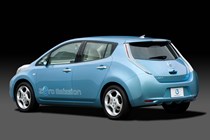
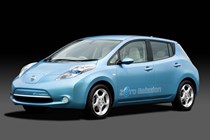
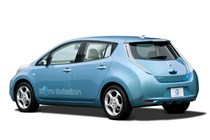
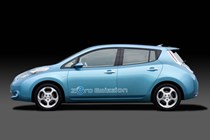
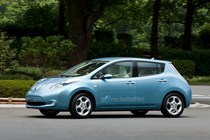
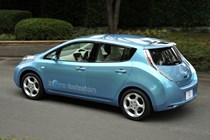
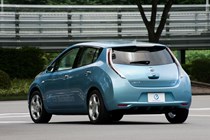
.jpg)
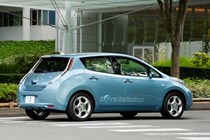
.jpg)
.jpg)
.jpg)
.jpg)
.jpg)
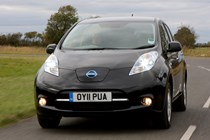
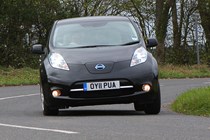
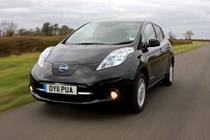
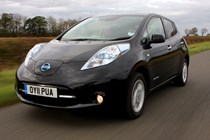
.jpg)
.jpg)
.jpg)
.jpg)
.jpg)
.jpg)
.jpg)
.jpg)
.jpg)
.jpg)
.jpg)
.jpg)
.jpg)
.jpg)
.jpg)
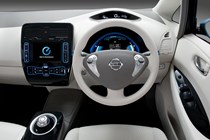
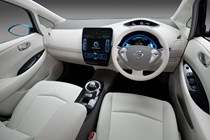

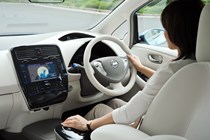
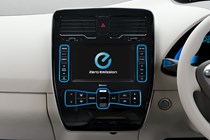
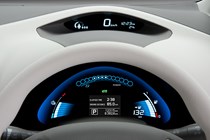
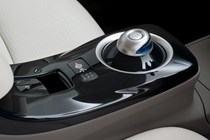
.jpg)
.jpg)
.jpg)
.jpg)
.jpg)
.jpg)
.jpg)
.jpg)
.jpg)
.jpg)
.jpg)
.jpg)
.jpg)
.jpg)
.jpg)
.jpg)
.jpg)
.jpg)
.jpg)
.jpg)
.jpg)
.jpg)
.jpg)
.jpg)
.jpg)
.jpg)
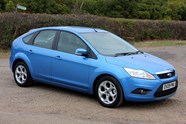
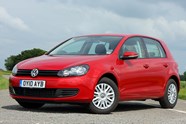
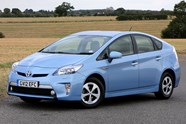








.jpg?quality=50)

.jpg?quality=50)
.jpg?quality=50)
.jpg?quality=50)
.jpg?quality=50)
.jpg?quality=50)




.jpg?quality=50)
.jpg?quality=50)
.jpg?quality=50)
.jpg?quality=50)
.jpg?quality=50)
.jpg?quality=50)
.jpg?quality=50)
.jpg?quality=50)
.jpg?quality=50)
.jpg?quality=50)
.jpg?quality=50)
.jpg?quality=50)
.jpg?quality=50)
.jpg?quality=50)
.jpg?quality=50)







.jpg?quality=50)
.jpg?quality=50)
.jpg?quality=50)
.jpg?quality=50)
.jpg?quality=50)
.jpg?quality=50)
.jpg?quality=50)
.jpg?quality=50)
.jpg?quality=50)
.jpg?quality=50)
.jpg?quality=50)
.jpg?quality=50)
.jpg?quality=50)
.jpg?quality=50)
.jpg?quality=50)
.jpg?quality=50)
.jpg?quality=50)
.jpg?quality=50)
.jpg?quality=50)
.jpg?quality=50)
.jpg?quality=50)
.jpg?quality=50)
.jpg?quality=50)
.jpg?quality=50)
.jpg?quality=50)
.jpg?quality=50)